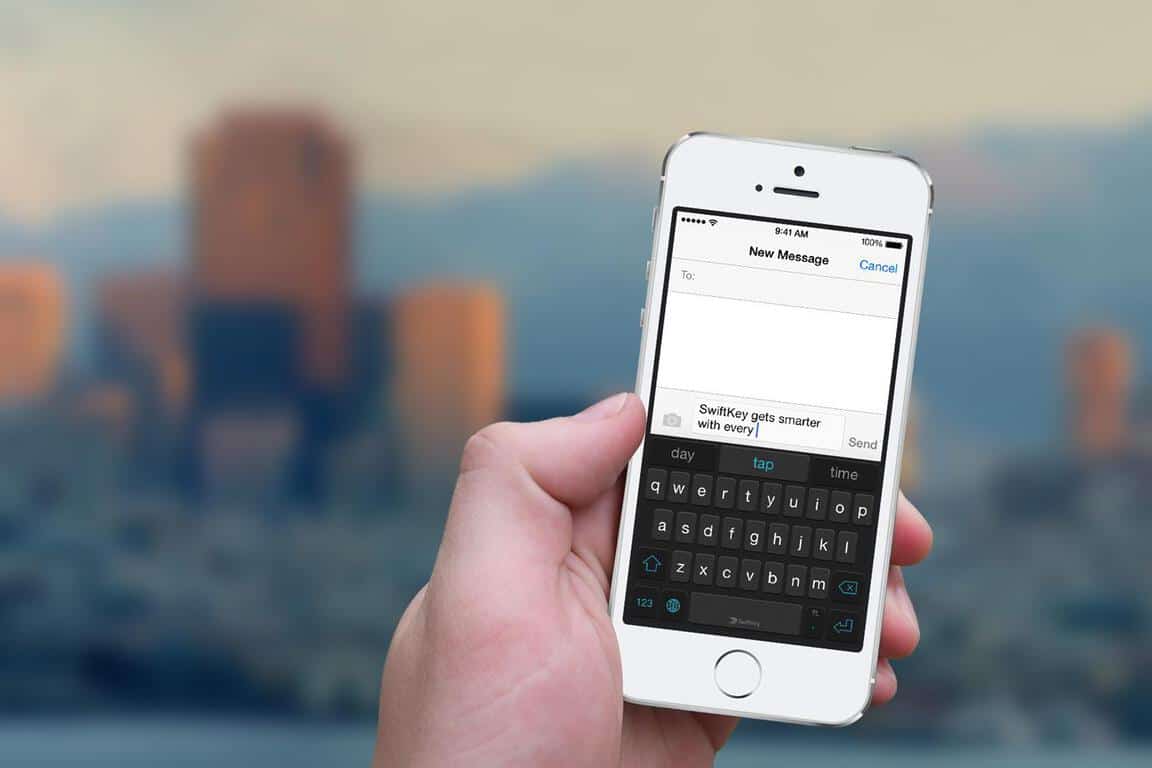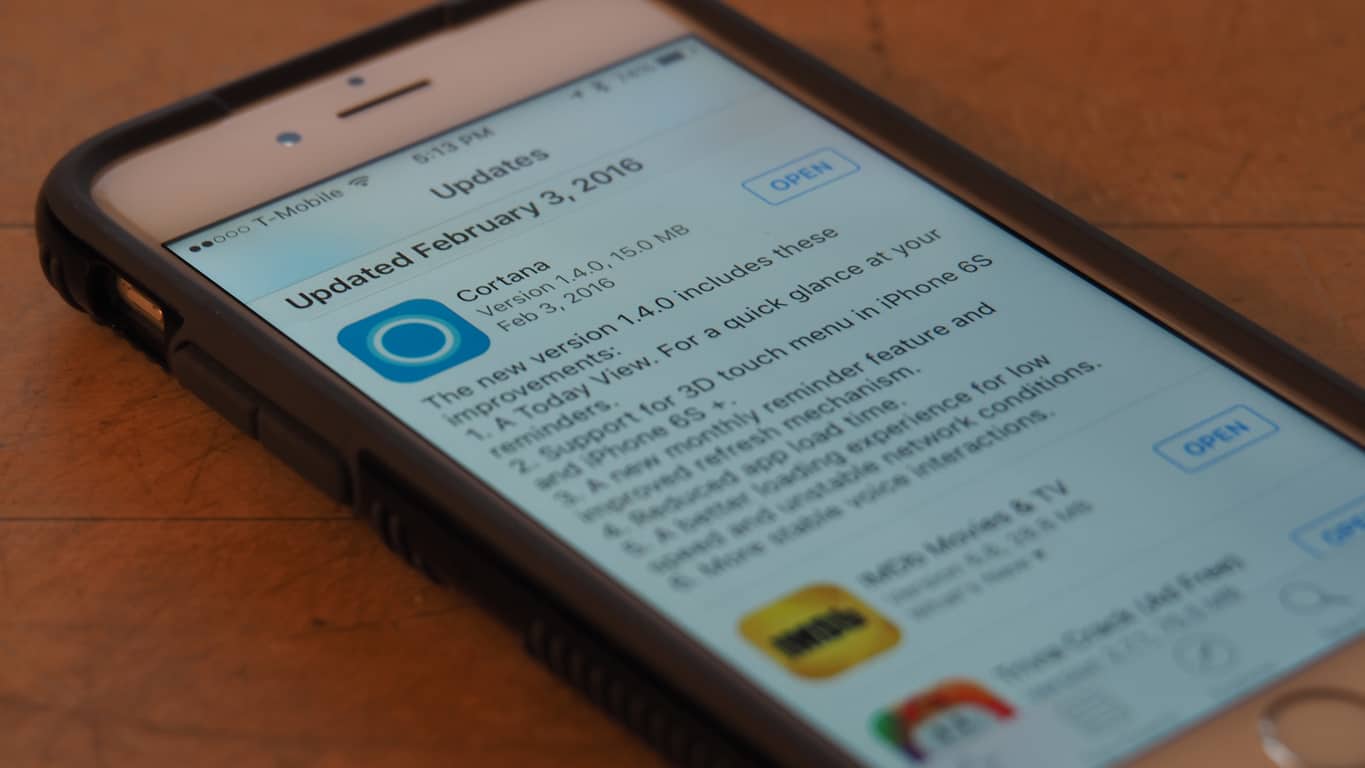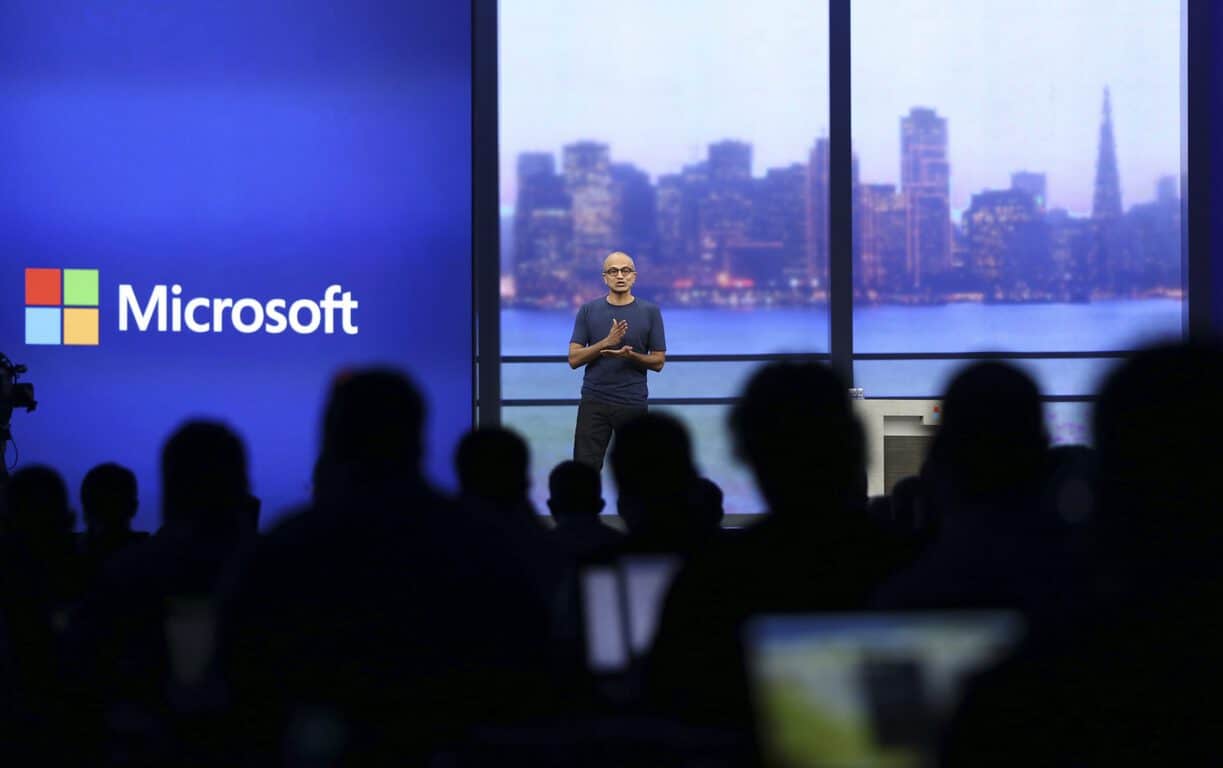Microsoft is determined not to miss out on artificial intelligence (AI), the next big trend in technology that will, over time, filter into how everyone uses hardware, software, and the internet.
Unlike mobile, which the company missed (and continues to miss) by a mile, Microsoft has been working hard to get on top of AI, both in terms of research and integrating it into products.
One of the main reasons Microsoft has had so much success in AI research so far is down to Microsoft Research, the 1,000-strong arm of the company that deals specifically in scientific research, even if it isn’t part of Microsoft’s core business.
The top scientists at Microsoft Research made a list of predictions for 2016 and many of them focus on AI as a big trend for the coming year, showing that it’s a big focus for the company.
Elsewhere Microsoft’s thinking has swayed towards AI, including a series of high-profile acquisitions and a whole section of the company — called Garage — dedicated to building apps, many of which have artificial intelligence or machine learning built-in.
All of these acquisitions add knowledge to the Microsoft teams and bring products that bear the company’s name onto devices, especially those made by Apple or that run Android.
Microsoft has been working hard to keep up with Google, and others when it comes to AI. In the future, this could be one of the battlegrounds from which technology companies either win or lose customers. Here are the ways Microsoft is competing.
Acquisitions
Microsoft announced earlier this week that the company was acquiring SwiftKey, the London-based startup that has created one of the most popular keyboards for the iPhone and Android devices. The technology behind SwiftKey is driven, in large part, by machine learning and artificial intelligence.
Many people speculated that the acquisition of SwiftKey was to do with bringing Word Flow, the default keyboard on Windows Phone, to the iPhone, as Microsoft was rumoured to do.
However, the blog posts (both from Microsoft and SwiftKey) announcing the acquisition made it clear that this was not the case: Microsoft wanted the technology and team behind the keyboard app.
This, for anyone who has been watching Microsoft’s artificial intelligence efforts, is unsurprising but it does show several things:
- Microsoft is now able to make big, high-profile acquisitions again and, more importantly, engineers at hip firms want to work at Microsoft.
- The company is serious about bringing on people to cover areas that it wants to expand or change. Accompli, the Outlook client for iPhone that Microsoft acquired last year, is another example of this.
- There will likely be more acquisitions like SwiftKey in the future.
Beyond SwiftKey, Microsoft has also acquired several other companies — many of which are more startups — that have, among other things, an AI component. The list includes Double Labs, which makes an Android home screen that orders items intelligently and Metanautix, a big-data firm.
Microsoft Garage
Microsoft Garage is an “outlet for experimental projects” and over the past few months, the developers have been focusing on releasing apps that integrate AI or machine learning.
Mimiker, an alarm for Android phones, was the latest example. While the app seemed silly and frivolous, it actually used AI and machine learning to get the user to identify certain things, which then switched it off. Recognising objects is, for a computer, a tough task, and it’s impressive the team at Garage managed this.
Other apps include Arrow, an Android skin that “learns” from the user, AutoTag, which finds and tags friends in photos, Photo Story, an app that intelligently creates stories based on the content of photos, and Torque, an Android search engine that uses AI.
[pullquote align=”full” cite=”” link=”” color=”” class=”” size=””]All of these apps are not a mistake and signal Microsoft’s ambitions clearly: The company is experimenting with AI and machine learning.[/pullquote]
Beyond Garage, Microsoft is already building machine learning into the Office suite, arguably the company’s most important product after Windows itself.
Office Delve, which ships in the 2016 version, organises an inbox based on importance. The importance of an email or contact is decided based on which emails, contacts, and information the user interacts with most, among other things. Information is then intelligently surfaced or hidden based on this.
Office Sway, also bundled in the 2016 version, can make presentations based on text, video, and photo intelligently. In a demo before its launch, Microsoft claimed it would be one of the biggest additions to the Office suite.
Microsoft Research
Microsoft Research has over 1,000 scientists, researchers, and engineers working on a whole host of projects. However, many of these are not directly linked to Microsoft’s business and are simply for scientific purposes. The division publishes all of its projects online, for anyone to see.
One of the big focuses for Microsoft Research is artificial intelligence, both practically — for products — and scientifically. According to a list of predictions for 2016, AI is going to become a big deal.
“In the future, computers will see, hear, speak, and even understand,” Patrice Simard, an engineer and deputy managing director at Microsoft Research, told Fortune in an interview about artificial intelligence. “Intelligent machines will form the backbone of what we call the invisible revolution: technologies interacting so seamlessly they become invisible.”
Dr. Hsiao-Wuen Hon, a senior research for Microsoft in China, told GeekWire that AI and machine learning are “big opportunities” for the technology industry.
“We are seeing more and more intelligent assistants and software companion,” he said. “The good news is that they fulfill a real need, but the bad news is that these technologies don’t further human-to-human interaction.”
Cortana, Bing and Xiaoice
The idea of furthering human interaction is something Dr. Hon is working on in China and, more broadly, it’s something that Microsoft as a whole has gotten behind.
In China, that has taken the form of Xiaoice — pronounced “Shao-ice” and translated as “little Bing” — that is roughly equivalent to Siri or Cortana, but on steroids. The project, created by Microsoft, is being used by around 40 million people and, according to Hon, it’s a great success.
Yongdong Wang, another Microsoft employee who is working on Xiaoice in China, described it as possibly “the largest Turing test in history,” referencing the test that asks a human to identify whether it’s a machine or a person answering a set of questions.
Xiaoice uses machine learning and AI to gauge the emotion of the person and references millions of conversations being made over social media as a basis point.
“Xiaoice can exchange views on any topic,” write Wang in an article for Nautilus. “If it’s something she doesn’t know much about, she will try to cover it up. If that doesn’t work, she might become embarrassed or even angry, just like a human would.”
This kind of learning is ahead of Cortana, the virtual assistant available on Windows devices, which can answer simple questions but has no personality (beyond some jokey answers). If Xiaoice is anything to go by, Microsoft may well have the most advanced AI available.
“Xiaoice is teaching us what makes a relationship feel human, and hinting at a new goal for artificial intelligence: not just analyzing databases and driving cars, but making people happier,” writes Wang.
The Future
Google is also betting big on artificial intelligence, acquiring DeepMind, a UK-based startup focused focus on machine learning and AI, for $400 million and revamping its search engine to answer results more naturally.
The company recently appointed a new head of search, John Giannandrea, who worked in the artificial intelligence division of the company. According to Wired, the company is now laser focused on transforming search and its other businesses.
While this is not a direct threat to Microsoft per se, it does show interest from other big companies who can put millions of dollars into research.
The one big takeaway from Microsoft’s experiments with artificial intelligence and machine learning is that the company is keeping up with Google and others. Windows, thanks to Cortana, and Office both have AI elements and are being used by millions of people while projects, like Xiaoice, are informing the company on how to better understand the human mind and teach computers about it.







